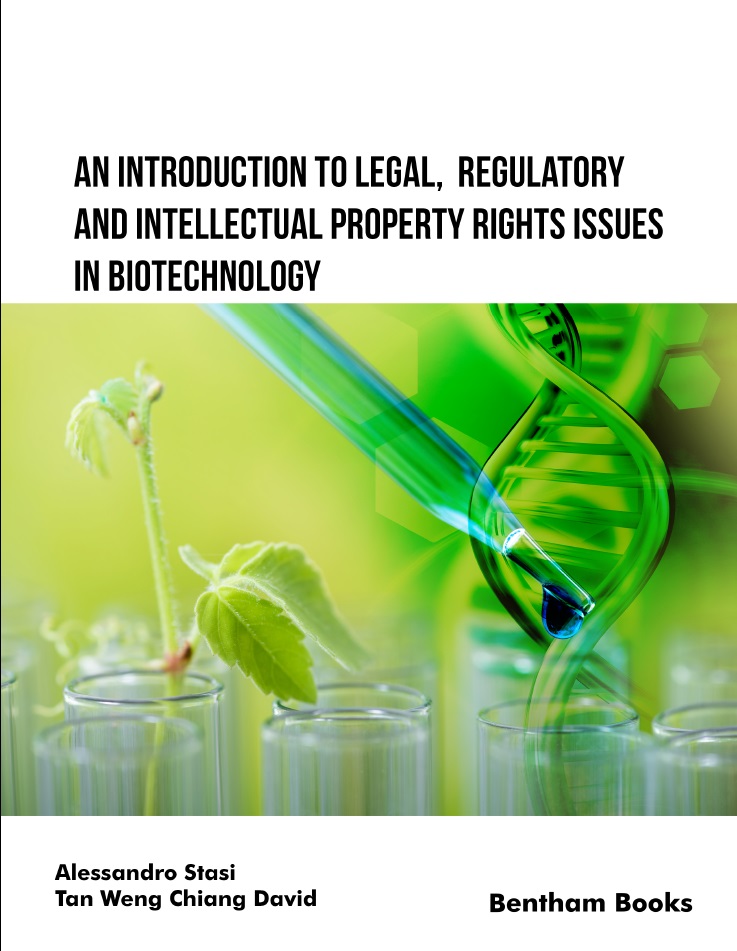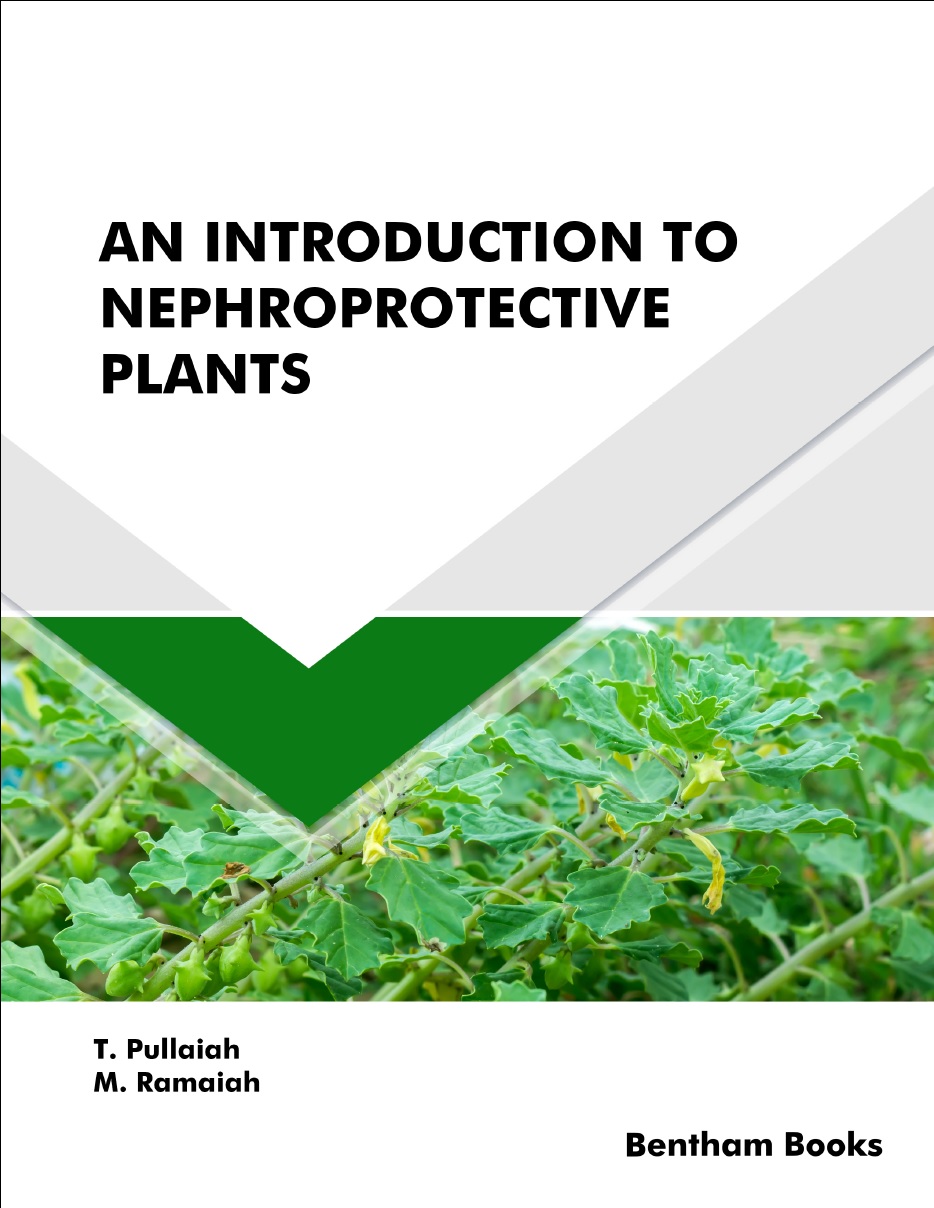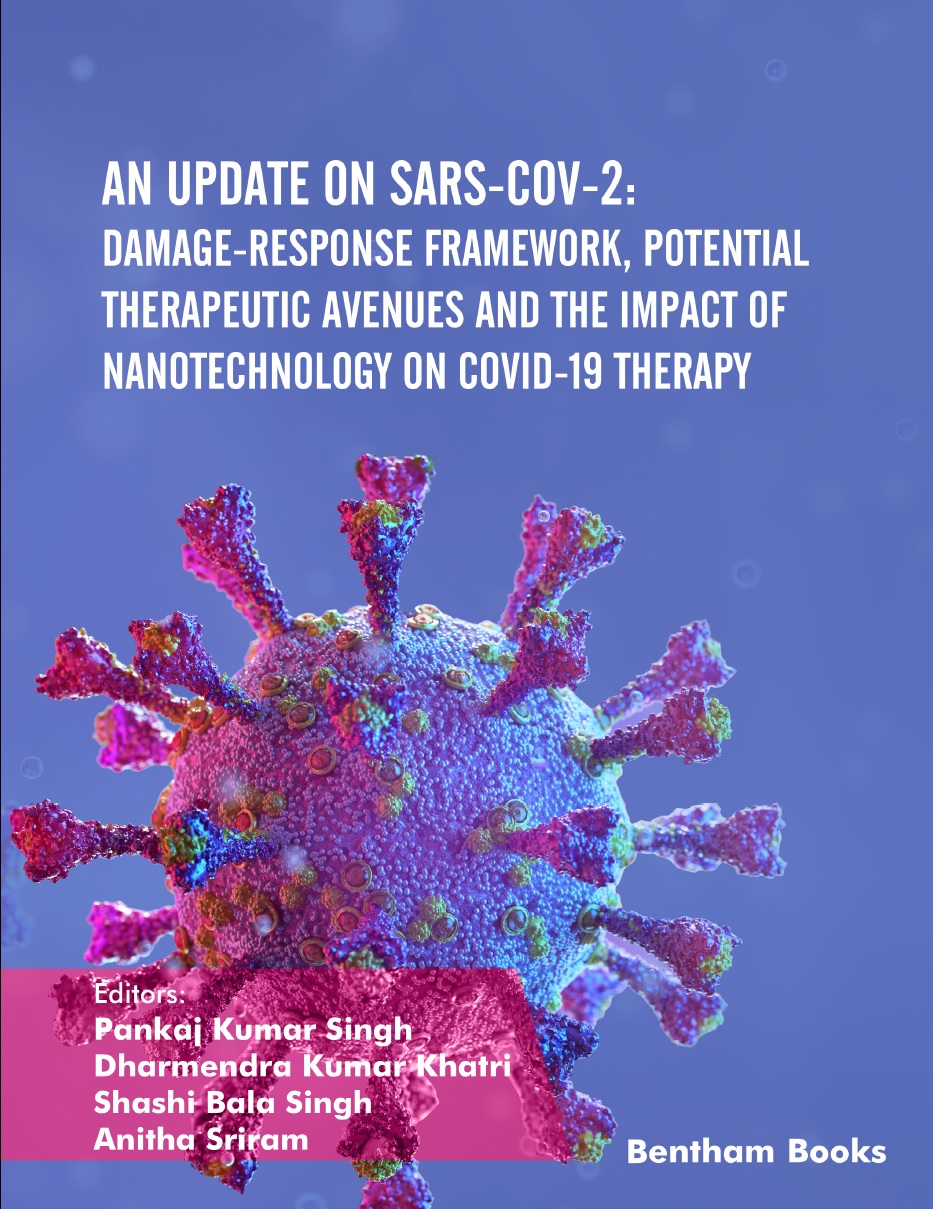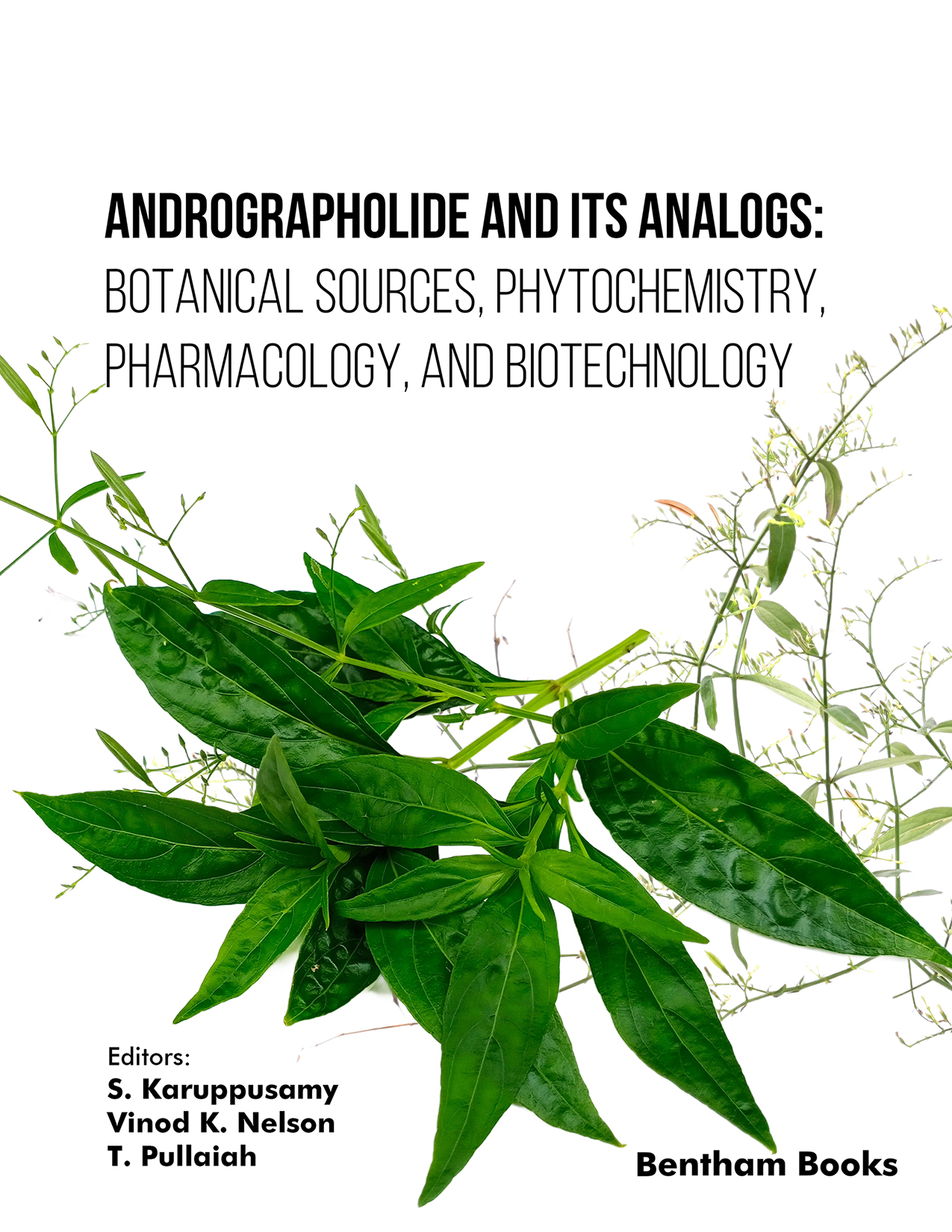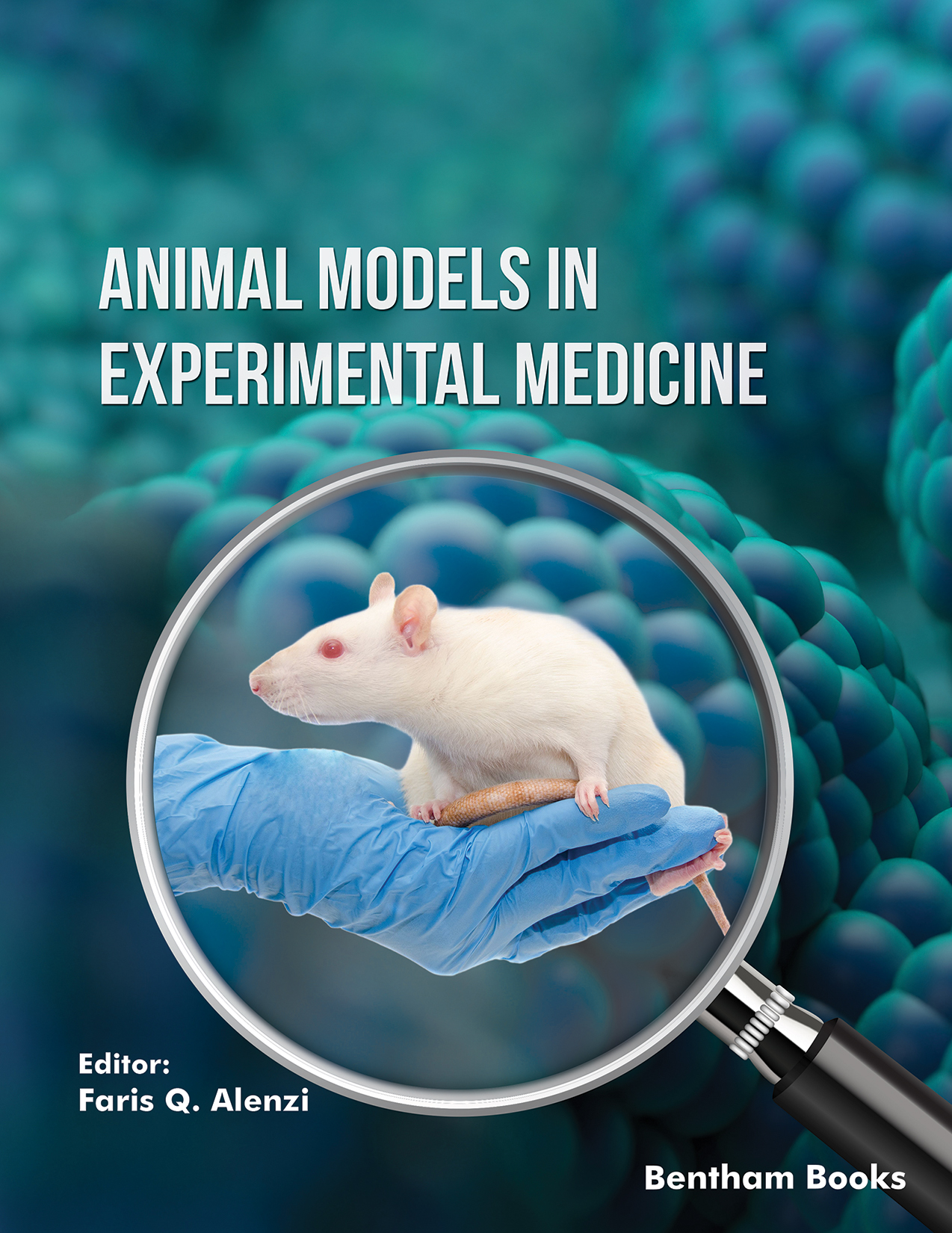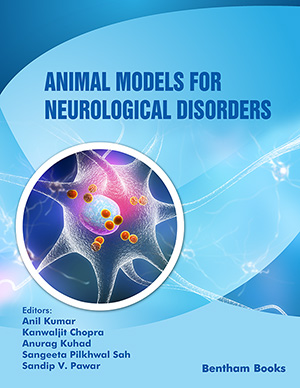- Home
- Publishers
- Bentham Science Publishers
Bentham Science Publishers
Bentham Science Publishers is a major publisher of more than 100 peer-reviewed science, technology and medical (STM) journals, along with a rapidly growing collection of eBooks. Since 1993, Bentham Science Publishers has been catering to the information needs of the pharmaceutical, engineering, biomedical and medical research community.1613
results
121 - 140 of 1613 results
-
-
An Epidemiological Update on COVID -19
More LessAn Epidemiological Update on COVID-19 brings recent findings about the pandemic to the forefront. The reference is a compilation of eleven chapters contributed by expert scholars in epidemiology and medicine that cover topics of interest to anyone interested in COVID-19 monitoring and response measures. The topics also indicate some clinical areas of interest to COVID-19 researchers that have received attention d Read More
-
-
-
An Integrated Geophysical and Geotechnical Assessment of Hazards Around the Abu Serga Church
More LessThe Abu Serga Church is one of the oldest known Coptic churches in Egypt, with a history of almost 1700 years. This reference work presents a comprehensive geotechnical and geophysical survey of the vicinity of the Abu Serga Church. The book details the information of the survey using classical and modern methods of geotechnical engineering while keeping contemporary issues faced by site investigators in view. Chapt Read More
-
-
-
An Introduction to Legal, Regulatory and Intellectual Property Rights Issues in Biotechnology
More LessBiotechnology, a branch of science and a fast-growing source of developing technologies, has shown immense potential for its utility across all the dimensions of our lives. Its applications range from drugs and therapeutics, industrial, household applications, biofuels, and information technology to almost all resource-based sectors, such as manufacturing, aquaculture, agriculture, and forestry. Biotechnology offers outstanding po Read More
-
-
-
An Introduction to Nephroprotective Plants
More LessThe kidneys are a vital organ present in humans and vertebrate animals. Various toxic chemicals, present in food and water adversely affect the kidneys. Plants and plant-derived compounds have been a major source for the treatment and cure of diseases since ancient times. Even today, almost 25% of the prescription drugs for renal problems are sourced from plants. An Introduction to Nephroprotective Plants gives an o Read More
-
-
-
An Introduction to Non-Ionizing Radiation
More LessAn Introduction to Non-Ionizing Radiation provides a comprehensive understanding of non-ionizing radiation (NIR), exploring its uses and potential risks. The information is presented in a simple and concise way to facilitate easy understanding of relevant concepts and applications. Chapters provide a summary and include relevant equations that explain NIR physics. Other features of the book include colorful illustrations and Read More
-
-
-
An Introduction to Trigonometry and its Applications
More LessThis book represents a novel approach for the trigonometry and an original scientific work in this field, by using the ensemble structure composed of the real analysis and the axiomatic fundaments of geometry. Throughout this e – book one presents, in a proper manner, definitions, properties, formulae and applications more specific of the subject title and its immediate connections. The book is recommended not only as a perti Read More
-
-
-
An Update on SARS-CoV-2: Damage-response Framework, Potential Therapeutic Avenues and the Impact of Nanotechnology on COVID-19 Therapy
More LessThis update on SARS-CoV-2 focuses on basic knowledge about the virus and COVID-19 treatment. Chapters present basic information about the disease and its treatment. The virology, epidemiology, etiology, and damage response framework of SARS-CoV-2 are also discussed in detail. The book also covers recent topics of interest to pharmacology scholars such as the immunopathogenesis of SARS-CoV2, nanotechnology, r Read More
-
-
-
Analog Circuit Design for Communication SOC
More LessThis e-book provides several state-of-the-art analog circuit design techniques. It presents both empirical and theoretical materials for system-on-a-chip (SOC) circuit design. Fundamental communication concepts are used to explain a variety of topics including data conversion (ADC, DAC, Σ-Δ oversampling data converters), clock data recovery, phase-locked loops for system timing synthesis, supply voltage regulation, power a Read More
-
-
-
Analysis and Optimal Control of Phase-Field Transition System: Fractional Steps Methods
More LessAll developments in mathematics and computer science facilitate development of industrial applications. This e-book approaches the subject in a profoundly interdisciplinary manner. The spectrum of subjects covered in this e-book includes mathematics, computer science, materials science and industrial applications. Specifically, the e-book elaborates on mathematical models of phase-field transitions. Nonlinear parabolic sy Read More
-
-
-
Analytical Microextraction Techniques
More LessSample treatment has been the focus of intensive research in the last 20 years since it still remains a bottleneck in precise analytical procedures. The low concentration of the target analytes, the large amount of potential interfering agents and the incompatibility of the sample matrix with the instrumental techniques are the main reasons for these bottlenecks. In most of these methods, sample treatment is an unavoidable ste Read More
-
-
-
Anatomy for Oral and Maxillofacial Radiology
Frontiers in Anatomy: Volume 1
More LessAnatomy for Oral and Maxillofacial Radiology is a handy atlas for medical students and residents learning about radiography and diagnostic procedures in oral and maxillofacial medicine. This brief book starts from basic information about radiographic images and expands into chapters detailing intraoral diagnostic techniques, extraoral diagnostic techniques and oral/maxillofacial abnormalities. Over 80 illustrations demo Read More
-
-
-
Anatomy: A Pressing Concern in Exercise Physiology
More LessAnatomy: A Pressing Concern in Exercise Physiology is a thorough analysis of the importance of anatomy in exercise physiology courses. It presents a series of topics that cover key concept and terms in anatomy, muscle physiology, kinesiology, the use of imagery in anatomy, physical flexibility and the conventional study of cadavers. Readers of the book will receive reliable anatomical knowledge, well-researched cadaver infor Read More
-
-
-
Andrographolide and its Analogs: Botanical Sources, Phytochemistry, Pharmacology, and Biotechnology
More LessThis book provides an in-depth and comprehensive overview of andrographolides and their analogues, highlighting their botanical origins, phytochemistry, pharmacological properties, and biotechnological applications. It explores the isolation, purification, and spectroscopic characterization of andrographolides from natural sources, emphasizing their therapeutic potential in antidiabetic studies and other me Read More
-
-
-
Angelman Syndrome: Communication, Educational and Related Considerations
More LessIndividuals with Angelman Syndrome (AS) present many unique challenges to professionals, parents and others who are committed to maximizing individuals competence while ensuring them the best possible quality of life. Angelman Syndrome: Communication, Educational, and Related Considerations is a unique, exhaustive compilation of existing material related to understanding the nature of AS and how individuals c Read More
-
-
-
Angiogenesis & Therapeutic Targets In Cancer
More LessAngiogenesis plays rate limiting roles in tumor growth and invasion. Angiogenesis inhibition has been proposed as a general strategy to fight against cancers. This book covers different therapeutic targets for angiogenesis interventions with emphasis on clinical development of antiangiogenic drugs that target antiangiogenic cascade in different forms of cancers like breast cancer, multiple myeloma, renal carcin Read More
-
-
-
Animal Models In Experimental Medicine
More LessThis reference presents information about models utilized in experimental medicine and pharmaceutical research and development for several human diseases. Written by experts in immunology, cancer biology and pharmacology, the book provides readers with handy notes and updated data on animal models that are critical to research planning and lab execution. The main feature of the book is a set of 12 structured ch Read More
-
-
-
Animal Models for Neurological Disorders
More LessAnimal disease models are a vital tool to study diseases and associated conditions. Studies on animal models can, in some cases, be used as a basis for modeling and understanding human diseases. Biomedical scientists face a challenge to choose the correct animal model to study disease pathology, and neurological diseases are no exception to this rule. Animal Models for Neurological Disorders covers different animal mo Read More
-
-
-
Anthocyanins: Pharmacology and Nutraceutical Importance
More LessAnthocyanins are a diverse group of phytochemicals used for the treatment and management of acute and chronic ailments. This book is a comprehensive guide to anthocyanins and their importance as pharmaceutical and nutraceutical agents. The book provides detailed information about anthocyanin sources and their application in the treatment of diseases including cancer, gastric disorders, infertility, metabolic dis Read More
-
-
-
Anthrax: History, Biology, Global Distribution, Clinical Aspects, Immunology, and Molecular Biology
More LessFollowing the post 9/11 distribution of anthrax spores through the U.S. mail, and the resulting deaths of five individuals - primarily due to initial misdiagnosis - there has been a renewed interest in anthrax among clinicians and intelligence agencies, particularly as a biological warfare agent. This monograph brings forth essential knowledge about anthrax. Included in this volume, are, the early history, non-natural outbreaks of Read More
-
-
-
Anti-Angiogenesis Drug Discovery and Development: Volume 1
More LessThe inhibition of angiogenesis is an effective mechanism of slowing down tumor growth and malignancies. The process of induction or pro-angiogenesis is highly desirable for the treatment of cardiovascular diseases, wound healing disorders, etc. Efforts to understand the molecular basis, both for inhibition and induction, have yielded fascinating results.Anti-angiogenesis Drug Discovery and Development provides an Read More
-



